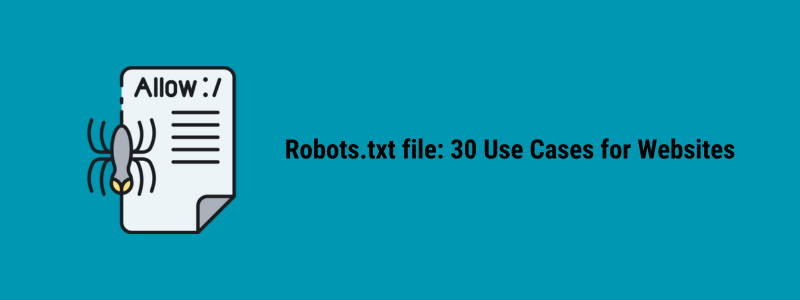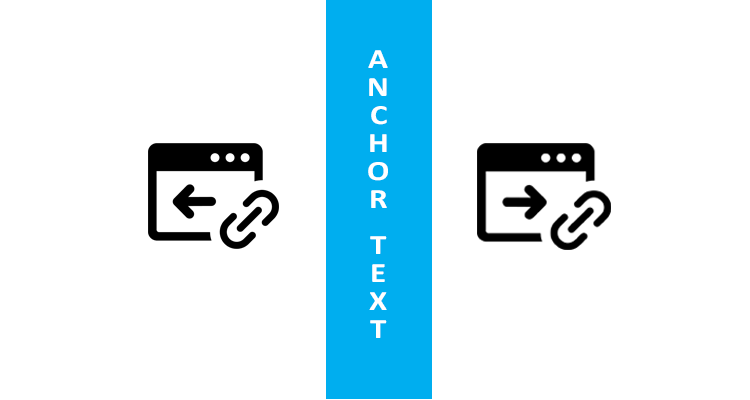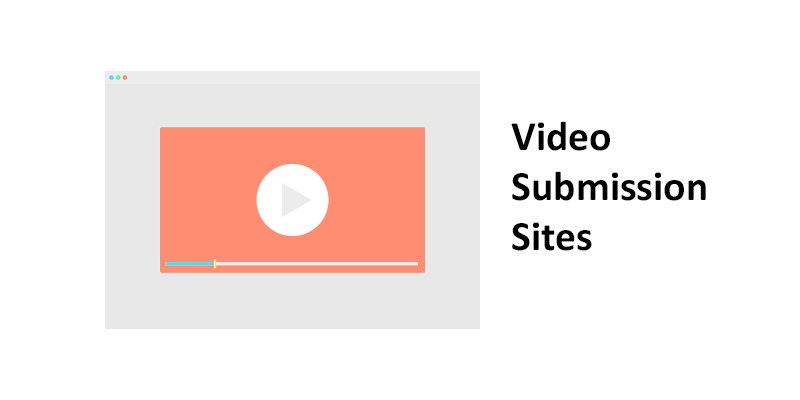Introduction:
The robots.txt file is a valuable tool for website owners and webmasters to communicate instructions to web crawlers. By placing a robots.txt file in the root directory of your website, you can control how search engines and other bots interact with your site. Let’s explore some common use cases for robots.txt and how they can benefit your website.
Table of Contents:
- How to create, Implement and Test robots.txt?
- List of 30 Use Cases of Robots.txt File
- Trusted Sites, Tools, and Resources
1. How to create, Implement and Test robots.txt?
Implementing and testing robots.txt is a straightforward process. Here’s a step-by-step guide to get you started:
1. Create a New Text File:
Create a new text file using a text editor and save it as `robots.txt`. Ensure there is no file extension added (e.g., `.txt`).
2. Specify the Rules:
Add the desired rules to the robots.txt file using the appropriate syntax. Refer to the use cases mentioned below for examples.
3. Upload to the Root Directory:
Upload the robots.txt file to the root directory of your website. This is typically the main folder where your website files are stored.
4. Verify the Implementation:
To verify if your robots.txt file is correctly implemented, you can use the “robots.txt Tester” in Google Search Console or similar tools provided by other search engines. These tools allow you to test and validate your robots.txt file and provide insights into any issues.
2. List of 30 Use Cases of Robots.txt File
1. How to Control Search Engine Crawling?
Search engine crawlers regularly visit websites to index their content. By utilizing robots.txt, you can guide search engines on what to crawl and what to exclude. This can be useful in the following scenarios:
1.1 HOW TO DISALLOW SPECIFIC DIRECTORIES?:
You can prevent search engines from crawling specific directories that contain sensitive or irrelevant content by specifying them in robots.txt. For example:
User-agent: *
Disallow: /private/1.2 HOW TO ALLOW SPECIFIC CRAWLERS:
You can grant access to specific search engine bots while restricting others. For instance:
User-agent: Googlebot
Disallow:
User-agent: Bingbot
Disallow: /2. How to Prevent Sensitive Data from Being Indexed
In some cases, you might have sensitive information or files on your website that you don’t want search engines to index. By using robots.txt, you can prevent indexing of such content. For example:
User-agent: *
Disallow: /private-file.html
Disallow: /sensitive-directory/3. How to Manage Crawler Access to JavaScript and CSS Files
Search engines use JavaScript and CSS files to understand the structure and presentation of your website. By allowing or disallowing access to these files, you can influence how search engines interpret your site. For example:
User-agent: *
Allow: /js/
Allow: /css/
Disallow: /admin/This example allows search engines to crawl JavaScript and CSS files while disallowing access to the admin directory.
4. How to Specify the Location of Sitemap Files
Sitemap files help search engines discover and index pages on your website. With robots.txt, you can specify the location of your sitemap files. For example:
Sitemap: https://www.example.com/sitemap.xml5. How to do Crawl-Delay for Rate Limiting
You can use the `Crawl-Delay` directive in robots.txt to specify the delay between successive requests from web crawlers. This can help prevent excessive load on your server. For example:
User-agent: *
Crawl-Delay: 5This example sets a crawl delay of 5 seconds for all web crawlers.
6. How to Allow Access to Specific Files?
While restricting access is common, you can also allow access to specific files or directories that you want search engines to index. For instance:
User-agent: *
Allow: /public-file.html
Allow: /public-directory/7. How to Disallow Parameters in URLs?
You can disallow search engines from crawling URLs with specific parameters. This can be useful for avoiding duplicate content issues caused by different parameter combinations. For example:
User-agent: *
Disallow: /*?sort=
Disallow: /*?page=
8. How to Specify Different Rules for Different User Agents
You can tailor the rules for specific web crawlers or user agents to control their crawling behaviour individually. For example:
User-agent: Googlebot
Disallow: /private/
User-agent: Bingbot
Disallow: /admin/9. How to Allow Media Files for Image Search
To allow search engines to crawl and index media files for image search, you can specify specific media file extensions. For example:
User-agent: Googlebot-Image
Allow: /*.jpg$
Allow: /*.png$10. How to Block Search Engine Indexing During Development
During the development phase of a website, you might want to prevent search engines from indexing the unfinished site. You can disallow all search engine crawlers using the following code:
User-agent: *
Disallow: /11. How to Allow Access to XML Sitemaps
You can allow search engines to crawl and index your XML sitemap files using the following code:
User-agent: *
Allow: /sitemap.xml
Allow: /news-sitemap.xml12. How to Prevent Access to Login and Administration Pages
You can disallow search engines from crawling login or administration pages to maintain privacy and security. For example:
User-agent: *
Disallow: /login/
Disallow: /admin/13. How to Allow Access to JavaScript Libraries
To ensure search engines can access and interpret JavaScript libraries used on your website, allow access to specific JavaScript files. For example:
User-agent: *
Allow: /js/jquery.min.js
Allow: /js/script.js14.How to Allow Access to CSS Stylesheets
Similar to JavaScript files, you can allow access to CSS stylesheets for proper rendering and interpretation by search engines. For example:
User-agent: *
Allow: /css/styles.css
Allow: /css/bootstrap.min.css
15. How to Exclude Specific URL Patterns
You can exclude specific URL patterns from being crawled by search engines. This can be useful for dynamic URLs or content that you don’t want to be indexed. For example:
User-agent: *
Disallow: /*category=private
Disallow: /*?show=comments16. How to Prevent Indexing of Print-Friendly Pages
If you have print-friendly versions of your web pages that you don’t want indexed, you can disallow search engines from crawling them. For example:
User-agent: *
Disallow: /*?print=117. How to Allow Access to RSS Feeds
To allow search engines to crawl and index your RSS feeds, use the following code:
User-agent: *
Allow: /feed/
Allow: /rss/18. How to Disallow Crawling of Archive Pages
If you have archive pages that contain outdated or duplicate content, you can disallow search engines from crawling them. For example:
User-agent: *
Disallow: /archive/19. How to Allow Access to Video Content
To allow search engines to crawl and index video content hosted on your website, use the following code:
User-agent: *
Allow: /*.mp4$
Allow: /*.avi$20. How to Block Access to Temporary or Backup Files
To prevent search engines from accessing temporary or backup files, use the following code:
User-agent: *
Disallow: /*~$
Disallow: /*.bak$21. How to Disallow Crawling of Paginated Pages
If you have paginated content, such as articles or product listings, you can disallow search engines from crawling all but the first page to prevent duplicate content issues. For example:
User-agent: *
Disallow: /*?page=22. How to Allow Access to PDF Documents
To allow search engines to crawl and index PDF documents on your website, use the following code:
User-agent: *
Allow: /*.pdf$23. How to Restrict Access to API Endpoints
If your website has API endpoints that should not be crawled by search engines, you can disallow access to those specific URLs. For example:
User-agent: *
Disallow: /api/24.How to Allow Access to AMP Versions of Pages
If you have Accelerated Mobile Pages (AMP) versions of your web pages, you can allow search engines to crawl and index them. For example:
User-agent: *
Allow: /*/amp/25. How to Disallow Crawling of Development or Staging Environment
If you have a separate development or staging environment for your website, you can disallow search engines from crawling it. For example:
User-agent: *
Disallow: /dev/
Disallow: /stage/26. How to Allow Access to Blog Categories
To allow search engines to crawl and index specific blog categories on your website, use the following code:
User-agent: *
Allow: /blog/category/27. How to Disallow Crawling of Tag Pages
If you use tags on your website that generate separate tag pages, you can disallow search engines from crawling them. For example:
User-agent: *
Disallow: /tag/28. How to Allow Access to External Resources
If your web pages reference external resources like fonts or scripts, you can allow search engines to access them. For example:
User-agent: *
Allow: /fonts/
Allow: /js/29. How to Disallow Crawling of Print Versions
If you have print-friendly versions of your web pages that you don’t want search engines to crawl, use the following code:
User-agent: *
Disallow: /*?print=30. How to Allow Access to Custom Search Engine Crawlers
If you have custom search engine crawlers specific to your website, you can allow them access using the following code:
User-agent: CustomBot
Disallow:
User-agent: AnotherBot
Disallow:These additional use cases provide more ways to optimize search engine crawling and indexing behaviour using robots.txt files. Remember to implement your robots.txt file correctly, test it using available tools, and refer to trusted sources for additional guidance.
Trusted Sites, Tools, and Resources
When working with robots.txt files, it’s helpful to have reliable sites, tools, and resources. Here are some trusted sources you can refer to:
The Robots Exclusion Protocol:
The official documentation for the robots.txt and robots.txt standards provides in-depth information on their usage and syntax.
Google Search Console:
Google search console is a comprehensive web service that allows you to monitor and manage the indexing of your website. It provides insights into how Google interprets your robots.txt file.
Bing Webmaster Tools:
Similar to Google Search Console, Bing Webmaster Tools enables you to manage how Bing crawls and indexes your website.
Conclusion:
robots.txt files offer a wide range of applications for controlling search engine crawling and indexing behavior. By utilizing robots.txt, you can fine-tune access to specific content, manage development environments, allow or disallow access to various file types, and more. Remember to test your robots.txt file, refer to trusted sources, and implement it correctly. Enjoy the flexibility and control that robots.txt provides for managing your website’s search engine interactions!
These additional use cases further demonstrate the versatility and control offered by robots.txt files. Remember to implement your robots.txt file carefully, test it using available tools, and refer to trusted sources for additional guidance.










